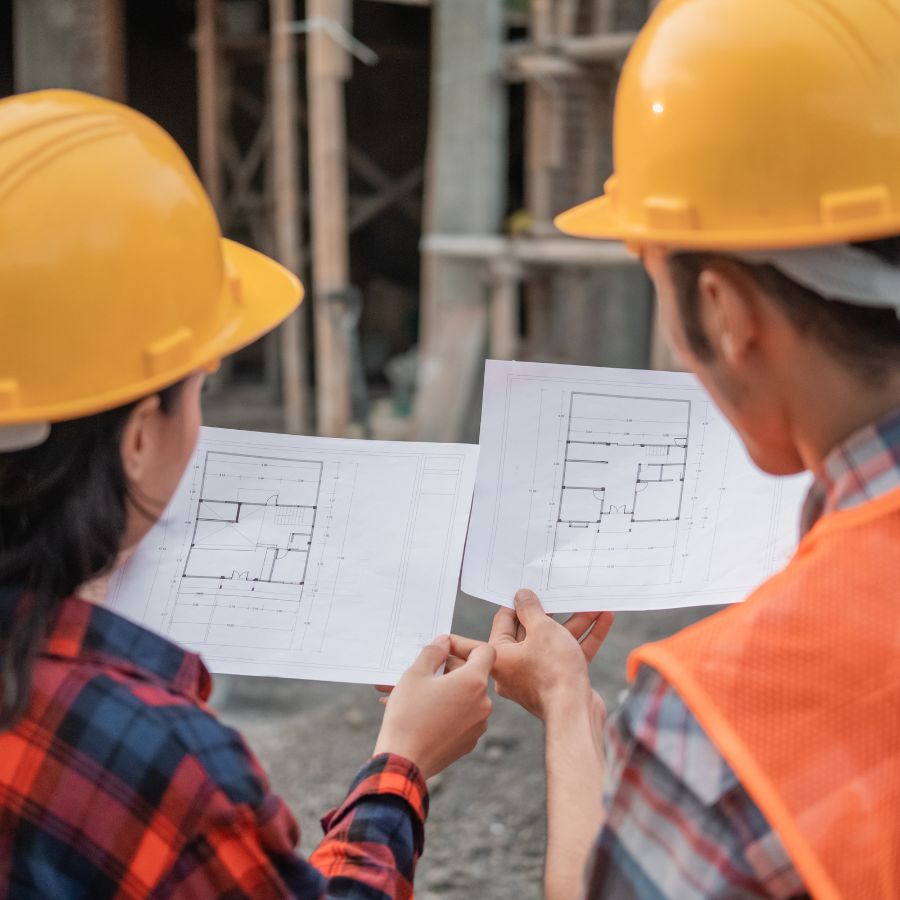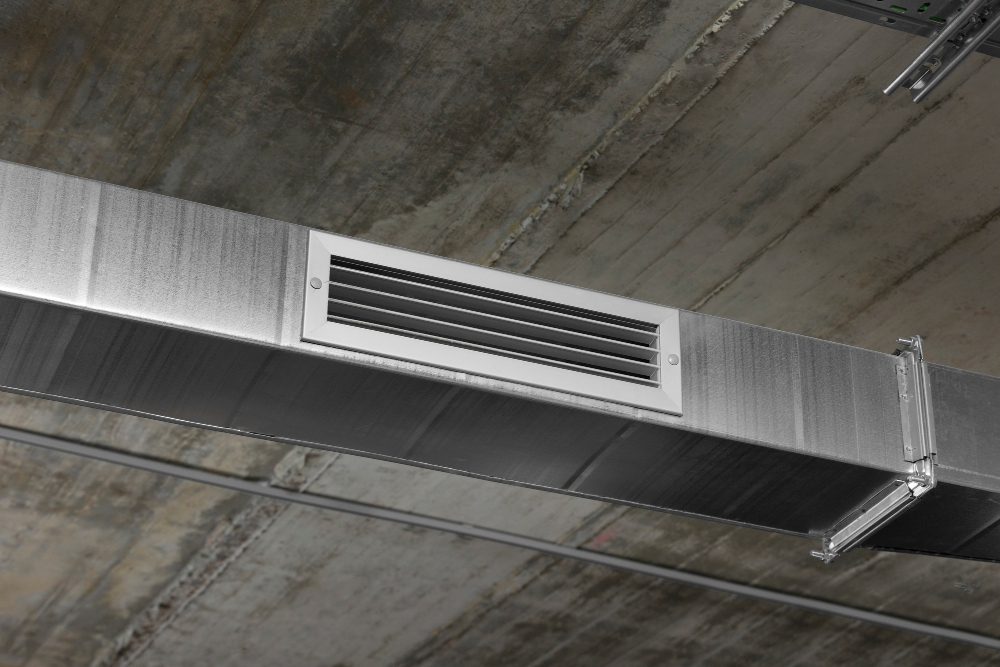Melbourne’s housing market is thriving, driven by population growth, diverse suburbs, and increasing demand for homes that reflect personal taste and lifestyle. In this evolving landscape, many prospective homeowners ask a critical question: Do home builders in Melbourne offer custom design options? The short answer is yes — but there’s much more to it.
From inner-city dwellings to spacious suburban retreats, homeowners want houses that are more than bricks and mortar — they want a personalized sanctuary. This article dives deep into what custom design means, how it works, what’s possible, and how to make the most of it with Melbourne’s leading home builders.
Understanding Custom Design in Home Building
What Is a Custom-Designed Home?
A custom-designed home is a property tailored specifically to your lifestyle, preferences, and land characteristics. Unlike pre-set templates or volume builds, custom homes are crafted from the ground up with no “one-size-fits-all” approach.
Whether it’s choosing your own floor plan, building materials, façade design, or integrating sustainable technologies — you’re in the driver’s seat with a custom design.
Why Are Custom Designs Gaining Popularity in Melbourne?
Melbourne’s demographic diversity and land variability make custom homes increasingly attractive. Here’s why:
- Lifestyle Needs: Multigenerational families, remote work, and evolving living styles require tailored spaces.
- Architectural Expression: Homeowners want to reflect their personality through unique designs.
- Land Irregularities: Sloped, narrow, or corner blocks demand custom architectural solutions.
- Increased Land Costs: When land is expensive, homeowners prefer maximising every inch with a customised layout.
Do Melbourne Builders Offer Custom Design Services?
General Industry Trends Among Builders
Yes, a growing number of Melbourne builders provide custom design services, ranging from fully bespoke homes to adaptable templates. However, flexibility varies greatly by builder type.
Types of Builders That Provide Custom Design
- Boutique Builders: Often smaller in scale but highly attentive to individual design. Ideal for complex or high-end projects.
- Luxury Home Specialists: Focus on upscale materials, modern architecture, and opulent finishes. They often include architects as part of their offering.
- Design-and-Construct Builders: Offer both architectural services and construction, streamlining the process under one roof.
Builders Who Don’t Offer Custom Design: What’s the Catch?
Volume builders or those with fixed home packages typically limit modifications to minor cosmetic upgrades. While more affordable, these options offer less creative freedom. They’re best suited for buyers with simpler needs or tight timelines.
How the Custom Design Process Works
Step-by-Step Breakdown
- Initial Consultation: Discuss your ideas, lifestyle requirements, budget, and land conditions.
- Design Development: Work with architects or draftspeople to draft floor plans and elevations.
- Selections & Approvals: Choose materials, finishes, and fittings. Apply for planning permits and building approvals.
- Build Commencement: Construction begins with regular site visits and updates.
- Completion & Handover: Final inspections and walk-throughs lead to a turnkey handover.
Collaboration with In-House Designers or Independent Architects
Many custom builders offer in-house designers or allow you to bring your own architect. In-house teams simplify communication and project coordination, while independent architects allow more freedom and possibly more creative vision.
Customisation Within Estate or Council Guidelines
Be aware of local regulations. Design covenants in housing estates, council overlays (like heritage or bushfire risk), and zoning laws can limit what’s possible. Your builder or architect will guide you through this maze.
Key Features You Can Customise
1. Floor Plans and Layouts
Adjust room sizes, placements, ceiling heights, and orientations to suit your family flow and land orientation.
2. Façade Styles and Exterior Cladding
Choose from a range of aesthetics like modern, Hamptons, industrial, or heritage — or create something entirely new.
3. Kitchen, Bathrooms & Storage Solutions
Design chef-style kitchens, luxury bathrooms, or custom walk-in wardrobes with personalised cabinetry, appliances, and fixtures.
4. Sustainable & Smart Home Integrations
Integrate solar panels, passive heating/cooling design, water tanks, and smart automation systems.
5. Outdoor Living Areas, Alfresco & Landscaping
Create seamless indoor-outdoor connections, covered alfresco zones, rooftop gardens, or backyard studios.
Costs Involved in Custom Designing Your Home
How Pricing Varies from Standard Builds
Custom homes usually cost more due to unique planning, engineering, and approvals. Factors influencing cost include:
- Architect and design fees
- Material upgrades
- Special construction requirements
- Land access and soil condition
Budgeting for Custom Features
Set a contingency of 10-20% for variations. Opt for cost-effective materials where needed, and prioritise elements that add value or functionality long term.
Financing a Custom Build
Most lenders support custom construction loans. These are typically released in stages: slab, frame, lock-up, fit-out, and final. Your builder should provide a fixed-price or cost-plus contract.
Advantages of Choosing Custom Home Design
- Total Personalisation: Your home reflects your personality and needs.
- Better Space Utilisation: Ideal for irregular or difficult land.
- Long-Term Satisfaction: Tailored homes have higher owner satisfaction.
- Future-Proofing: Build with aging in place, growing families, or technology in mind.
- Increased Resale Value: Unique, well-designed homes can stand out in competitive markets.
Challenges and Considerations Before Choosing Custom Design
- Longer Timelines: More time required for planning, design, and permits.
- Approval Complexity: Navigating local council rules or estate guidelines can delay progress.
- Greater Involvement Needed: You’ll be more involved in selections and decision-making.
- Choosing the Right Builder is Crucial: Not all builders handle custom projects well — quality, communication, and flexibility vary.
How to Choose the Right Custom Home Builder in Melbourne
What to Look for in a Custom Builder
- A strong portfolio with diverse design styles
- Transparency in pricing and process
- Positive reviews and references
- Strong communication skills and project management
Questions to Ask Before Signing a Contract
- Do you handle town planning and building approvals?
- Are architectural services included in your price?
- Can I make changes during construction?
- What isn’t included in your base price?
- Do you offer post-handover support or warranties?
Conclusion: Crafting a Home That’s Uniquely Yours
Melbourne’s dynamic property scene welcomes personalisation. Whether you’re building your forever home or a multi-generational residence, custom home design gives you the freedom to bring your vision to life.
While it may take more time and budget than standard builds, the payoff in lifestyle, satisfaction, and uniqueness is often well worth it.
Take the next step by consulting with a custom home builder in Melbourne who shares your vision, listens to your needs, and guides you every step of the way.
Frequently Asked Questions (FAQs)
Q1. Can I bring my own floor plan to a Melbourne home builder?
Absolutely. Many custom builders welcome client-supplied designs or work with independent architects to create a plan from scratch.
Q2. Is custom designing a home more expensive than a standard build?
Yes, generally. Custom homes often involve more planning, specialised materials, and unique construction methods that increase overall cost.
Q3. How long does a custom home build take in Melbourne?
Typically 12 to 18 months from initial consultation to handover. Complexity, weather, and council approvals may affect timelines.
Q4. Can I customise a home design within a housing estate?
Yes, but subject to estate design guidelines and local council regulations. Builders familiar with estate developments can help you comply while still achieving a unique design.
Q5. What is the difference between custom, semi-custom, and volume builds?
- Custom: Fully unique, built to your specifications.
- Semi-Custom: Modifications to an existing builder’s floor plan.
- Volume: Fixed layouts with minimal variation, often in display home formats.
Q6. Do custom home builders offer sustainable or eco-friendly options?
Yes. Many now specialize in sustainable building with features like passive solar design, recycled materials, energy-efficient appliances, and off-grid systems.




